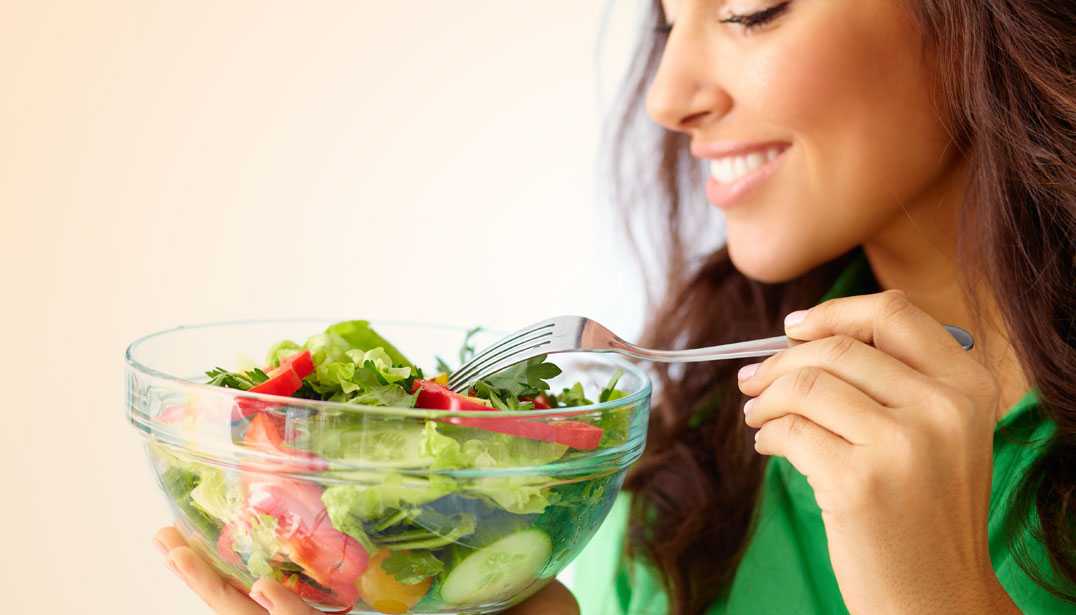Which products make the Chinese salivate? What makes Qataris, Malaysians or Spaniards buy one food product and not another? Which is more important to American or French consumers: organic produce or online sales? Published by SIAL, the “Food 360” report gives you all the facts, and answers these questions and many more.
While we wait for its release in early September, here are some extracts to whet your appetite…
Food habits and popular belief?
Homemade produce – a lot of noise in the media about a marginal trend: FALSE
The success of the “I grew this myself” movement is official… In south-east Asia (84%) and the Middle East (55%), over half of consumers eat self-produced food.
And the trend is developing throughout the world, except in Russia where home-grown produce is already a cultural norm. Europe is slightly behind in this area, but France stands out with almost 1 in 2 consumers cultivating their own fruit, vegetables and herbs.
Thanks to the SIAL network – notably with Prêt à Pousser (ready to grow)/SIAL Paris 2014 and Aquaponics systems/SIAL Interfood Jakarta – SIAL Paris has been able to detect the movement’s pioneering products and services, helping consumers produce their own food.
Sustainable development has become an important purchase criterion: FALSE
Do as I say… Sustainable development is a concern for almost everybody. A vast majority of consumers would like to fight against food waste (89%), and animal welfare is seen as necessary (77%).
But there’s a difference between what is said and what is done: Of the fifteen chief criteria involved in choosing products, environmental impact is the least important in the Middle East. In France, China and Britain, it’s only a little more significant, in 14th place.
At the top of the list are Enjoyment, Health or Convenience. Concern for “sustainable development” is considered an additional guarantee – which undoubtedly explains why the supply of these products is still limited.
New products, yes – but within reason: TRUE
The interest is there… Germany aside, a vast majority of consumers are hungry for new products. The most curious are the Middle Eastern populations (71%), followed closely by the French (64%) and the Spanish (63%).
Most food lovers are looking for original flavours, new textures or unexpected colours, but they’re reluctant to buy products that are not anchored in their own culture, no matter how great the “buzz”. If almost all Asians have eaten seaweed-based products and 1 Chinese person in 3 consumes insects, very few people in France have done the same (32% and 14% respectively).
The Web influences what goes onto consumers’ plates in 2016? FALSE but…
The Internet is everywhere – at home, at work, in the metro and in schools… And consumers tend to use online services when it comes to tourism/travelling (54%) or automotive industry (45%).
However, in the food and beverage world, that figure drops to 26%. The use of online food retailers is much more prevalent in China (86%) and South-East Asia (76%) than in Germany (30%) or France (44%).
The 3 winners: local, well-labelled products, “without” pesticides or antibiotics? TRUE
If Anglo-Saxon countries like Britain don’t feel particularly concerned by pesticide- or antibiotic-free produce (59% and 53% respectively), the trend is very pronounced in South-East Asia (93% and 80%) where people are aware of diet-caused health issues and worry about where their food is from (82%).
The same can be said of France (83%, 79% and 68%). Around 6 out of 10 consumers also prefer buying local produce; however, the British (44%) are less concerned with this than the French (62%). As more and more people want to eat healthily, there’s a call to trace the origins of foodstuffs through transparent labelling.
Carried out for SIAL by TNS Sofres, the exclusive survey (which includes an examination of the XTC World Innovation database), provides a clear picture of the tastes and desires of consumers in 9 European countries, in North America, in the Middle East and in Asia.
It also debunks certain received ideas and shows that development opportunities for food companies are as real today as they are numerous… A mine of ideas for exporters!
The whole study will be revealed on September 6th 2016… Then presented at SIAL Innovation’s Observatory and on SIAL TV from October 16th to 20th.
SIAL Paris, October 16 – 20, 2016, Paris


















